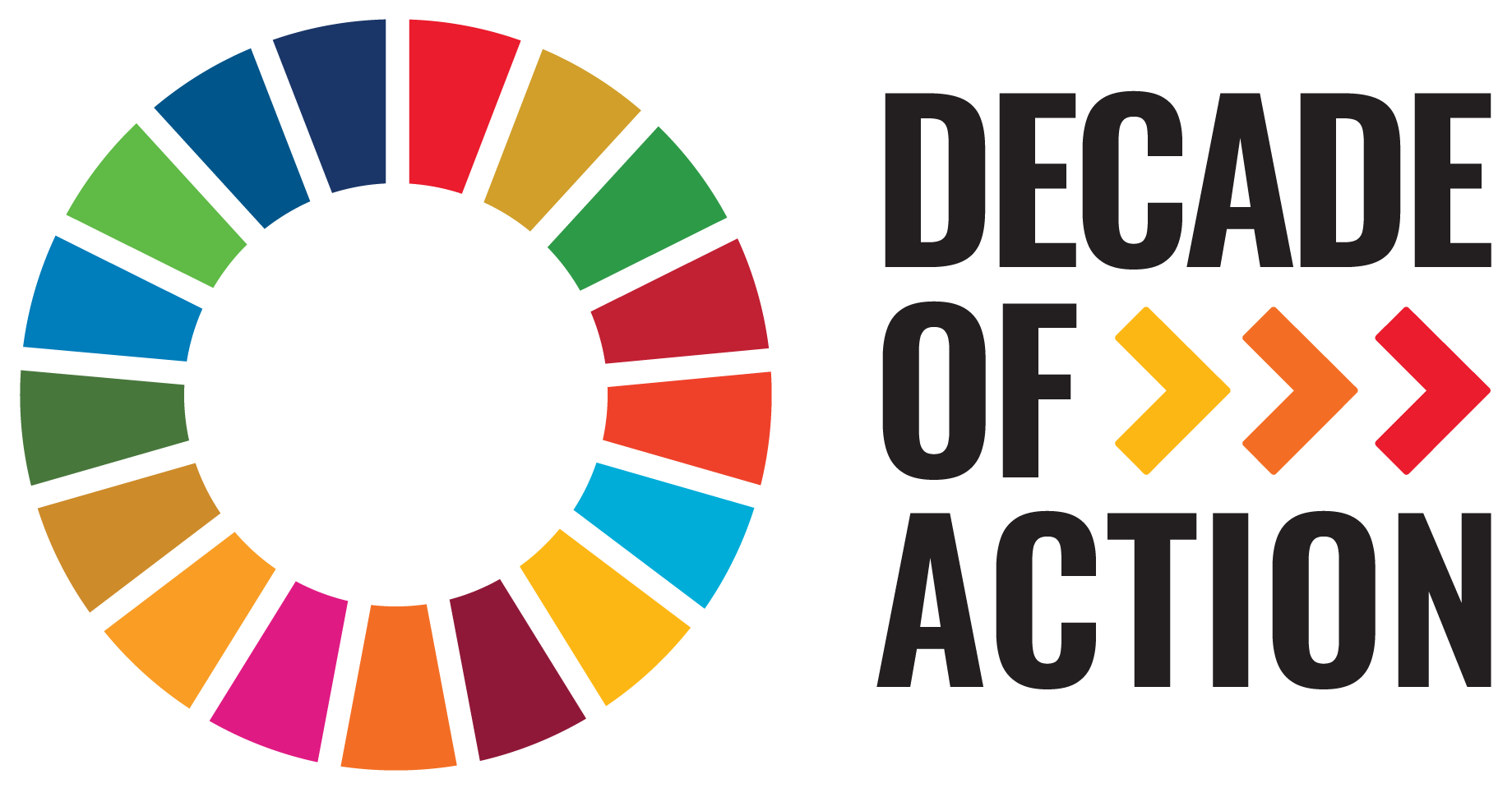Adaptation Gap Report: A Preliminary Assessment Report

Date
2014Author
United Nations Environment Programme
Citation Tool
Bibliographic Managers
RT Generic T1 Adaptation Gap Report: A Preliminary Assessment Report A1 United Nations Environment Programme YR 2014 LK https://wedocs.unep.org/20.500.11822/9331 PB AB TY - GEN T1 - Adaptation Gap Report: A Preliminary Assessment Report AU - United Nations Environment Programme Y1 - 2014 UR - https://wedocs.unep.org/20.500.11822/9331 PB - AB - @misc{20.500.11822_9331 author = {United Nations Environment Programme}, title = {Adaptation Gap Report: A Preliminary Assessment Report}, year = {2014}, abstract = {}, url = {https://wedocs.unep.org/20.500.11822/9331} } @misc{20.500.11822_9331 author = {United Nations Environment Programme}, title = {Adaptation Gap Report: A Preliminary Assessment Report}, year = {2014}, abstract = {}, url = {https://wedocs.unep.org/20.500.11822/9331} } TY - GEN T1 - Adaptation Gap Report: A Preliminary Assessment Report AU - United Nations Environment Programme UR - https://wedocs.unep.org/20.500.11822/9331 PB - AB -View/Open
Item Statistics
Display item statisticsMetadata
Show full item recordDescription
This report was published in response to requests made to the United Nations Environment Programme (UNEP) by different parties to provide a preliminary assessment of adaptation gaps to complement information presented in the emissions gap reports UNEP has been producing since 2010. The emissions gap reports analyse the estimated gap in 2020 between emission levels consistent with the goal of keeping global average temperature increase in this century below 2°C above pre-industrial levels, and projected levels if emission reduction pledges by parties are met. Parties have found the emissions gap reports useful in helping inform their discussions at the annual Conference of the Parties (COP) to the UNFCCC. The report focuses on developing countries, where adaptation needs are anticipated to be the highest and adaptive capacity is often the lowest. The main emphasis is on the period from 2010 to 2050, as the short- to medium term is considered the most relevant period of time for framing adaptation decisions and actions.
Collections
Document Viewer
To read more, scroll down below.

